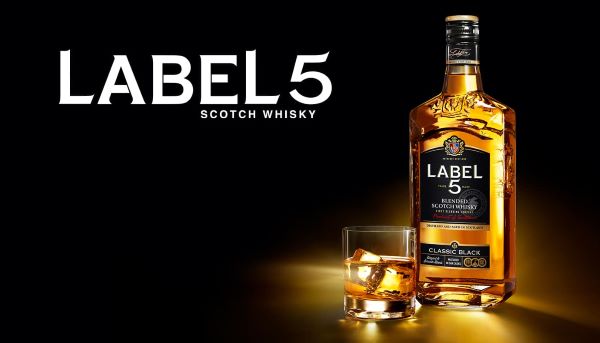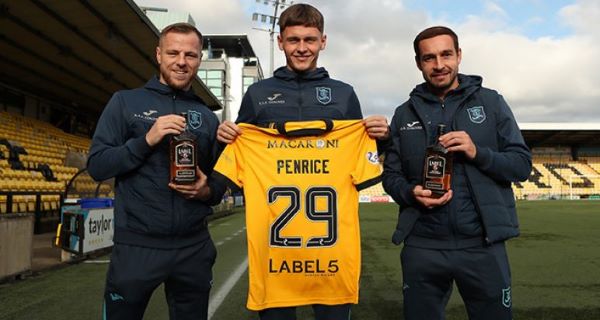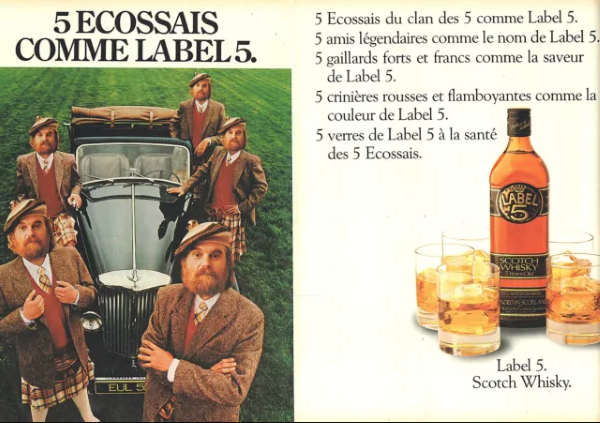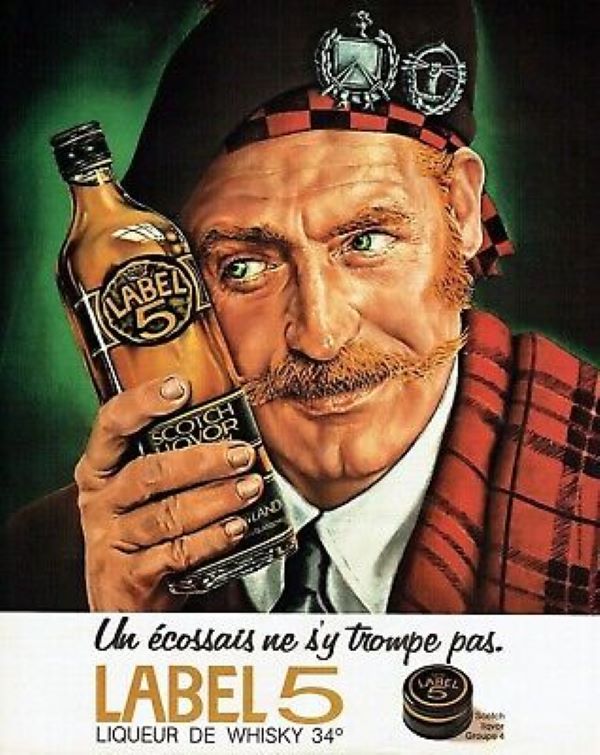LABEL 5 - Behind the Label
Child of the sixties, Label 5 has sought to retain its youthful, urban swagger under its French owners La Martinquaise. It has grown into a top ten Scotch brand globally, but has slipped a little since its pre-Covid high. Ian Fraser investigates …
Label 5 is a brand which, in the UK at least, remarkably few people outside the whisky business have heard of. Yet it is around the tenth-biggest selling Scotch whisky in the world. Owned since inception by family-owned group La Martiniquaise, it is today positioned as an urban, modern, even hip and gritty brand. Rival French-owned group Chivas Brothers describe themselves as "créateurs de convivialité" – believing their brands help create genuine and shared moments of joy. Label 5 is, to an extent, seeking to emulate this.
Launched by La Martiniquaise's founder Jean Cayard in 1969, it was initially pitched as a value-for-money blended Scotch. As with other France-specific brands such as Clan Campbell, Sir Edward's and William Peel, it was initially sold almost entirely in that market. In the 1970s and 1980s it built up a loyal following there by running semi-jocular campaigns featuring five identikit red-haired Scotsmen wearing kilts using the slogan "Un écossais ne s'y trompe pas" ("A Scotsman is unmistakable").

Label 5 was later rolled out internationally, and is now in over 100 countries worldwide. In 2009, sales broke through the million-case barrier for the first time, propelling it into the mainstream company of Ballantine's, Chivas Regal, Dewar's, J&B and Johnnie Walker. Since 2013, a flurry of new expressions, many created by former master distiller Graham Coull, have joined the core "classic black" product. These have included a 12-Year-Old, an 18-Year-Old, and Premium Black.
The couthy, ginger-haired Scotsmen have long since been replaced by more modern, contemporary and international iconography. Since 2017, the formula has revolved around a group of chic, à la mode young people (always five, always three men and two women) having fun in a stylish urban setting such as in a rooftop bar, while sharing a bottle of Label 5. The company claims that this "Power of Five" campaign "glorifies youth, festive and happy moments, energy, but also diversity amongst people."
Label 5 has been partnering with some of the world's leading bartenders to hammer home the message that it's an ideal mixer for cocktails – review site Whisky for Everyone describes the liquid as "vibrant and very pleasant…considering the cheap price". The brand has also sponsored graffiti artists culminating in a slick video, viewed 5.2m times, showing them at work in five cities; London, Hong Kong, Beirut, Mexico City and Brussels, with Label 5 bottles strategically strewn amongst the spray-paint canisters.

Frédéric Abeille, La Martiniquaise's head of whisky, said in an earlier conversation that the one place where the "Power of 5" campaign isn't used is France, because of different strategic priorities. "In France, Label 5 is a well-established brand with a very strong brand awareness, which must enhance its value and stand out from its competitors, particularly from entry-level brands. We therefore developed a modern communication approach, focusing on cocktails and mixology, accompanied by the tagline 'The perfect mix'."
In a rare interview with Spirits Business a few years ago, La Martiquaise's billionaire owner and CEO, Jean-Pierre Cayard, now aged 82, said that Label 5 is strongest in Europe, the Middle East and North Africa, but that awareness was rising in South America and Asia. "Label 5 is strategic for us, and we have invested a lot to drive its international growth."
The brand's contemporisation accelerated when La Martiniquise unveiled a major pack redesign, which it trumpeted as an "evolution towards modernity". The black label and coat of arms were "refreshed," while the serif font on the logo was replaced with a sans-serif version. "We are very happy to present this new design for Label 5 to reinforce the brand DNA and deliver greater shelf standout," says Clémence Leclerc, international whisky manager.
Since November 2023, the brand has also been acting as 'good corporate citizen' by sponsoring Livingston FC, whose Almondvale stadium is just a few miles away from its Starlaw grain distillery – the sixth-biggest in Scotland that opened in 2010. Its maturation and bottling facility next-door opened six years earlier. The sponsorship deal, which sees the Label 5 name emblazoned on the back of players' shirts, was renewed last year, despite Livingston being relegated.

Meanwhile, new expressions continue to pour out of the Bathgate complex. In 2020, Label 5 launched its first-ever single-grain whisky, Label 5 Bourbon Barrel, followed by Original Citrus, a flavoured, whisky-based "spirit drink" which combines Classic Black with citrus flavours of lime, lemon, orange and bergamot at 35% abv in a 70cl bottle.
Despite such inventiveness, the company is struggling to maintain Label 5's momentum. Since 2019, global sales are down 11% – having fallen from 2.7m nine-litre cases in 2019, when Label 5 was the world's ninth best-selling Scotch, to 2.4m cases in 2023. The situation was no doubt exacerbated by the Covid pandemic and the fact Scotch whisky exports to France are in decline. According to the SWA, they fell from £474m in 2023 to £419m last year – a fall of 11.6% – though volumes were marginally up.
It may also be because the Paris-based company has prioritized investment over the past five years in Cutty Sark which it acquired from Edrington in 2018. The famous blend that was previously owned by Berry Brothers & Rudd, once claimed to be the number one Scotch in America, and it still has a certain cachet in some of the drink's key markets. As Jean-Pierre Cayard told 'Spirits Business': "Our ambition is to put [Cutty Sark] all over the world. It's our flagship, and a key priority." You wonder how former 'flagship Scotch brand' – Label 5 feels about that.

Ian Fraser is a financial journalist, a former business editor of Sunday Times Scotland, and author of Shredded: Inside RBS The Bank That Broke Britain.




